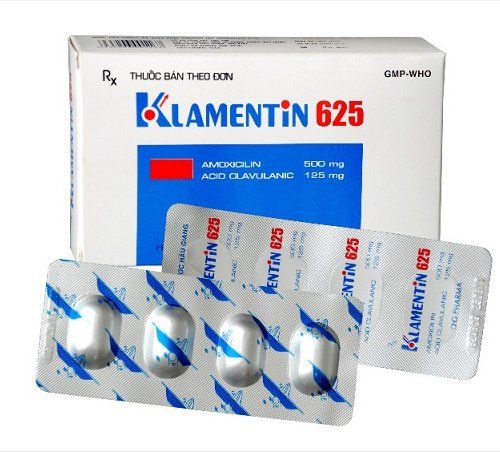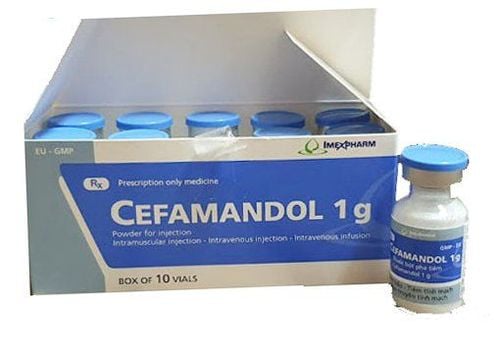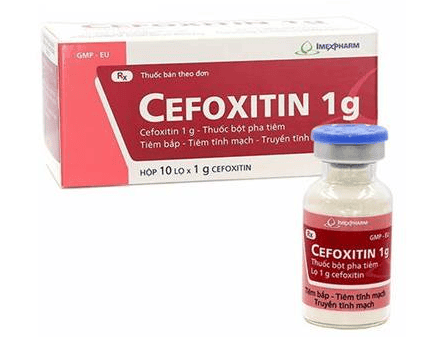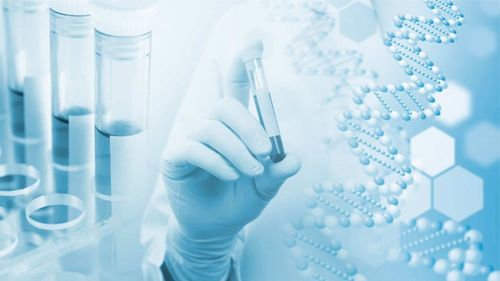This is an automatically translated article.
The article was professionally consulted with Master, Doctor Tran Thi Vuong - Doctor of Microbiology - Laboratory of Laboratory - Vinmec Hai Phong International General Hospital.Inflammation of the lower respiratory tract is one of the concerns of public health. The diagnosis of the causative agent of lower respiratory tract infections is very important. And microbiological testing is a method that is being widely applied to diagnose lower respiratory tract infections with the advantage of providing fast and accurate results.
1. Learn about lower respiratory tract infections
Respiratory tract infection is a common disease in children, premature babies, the elderly, people who are malnourished, have weak immune systems or have chronic diseases. The erratic weather changes, air pollution, etc. are also causes of respiratory infections. Inflammatory diseases of the respiratory tract are often divided into 2 types:Upper respiratory tract infections: pharyngitis, rhinosinusitis, laryngitis; Inflammation of the lower respiratory tract: Pneumonia, acute bronchitis, lung abscess. Specifically, lower respiratory tract infection is a syndrome that includes all diseases related to the lower respiratory tract in the trachea, bronchi, bronchioles and lungs. The disease can be life-threatening if not detected early and treated properly. The main diseases when it comes to lower respiratory tract infections are: Bronchitis, acute bronchitis, chronic bronchitis, bronchiolitis and pneumonia.
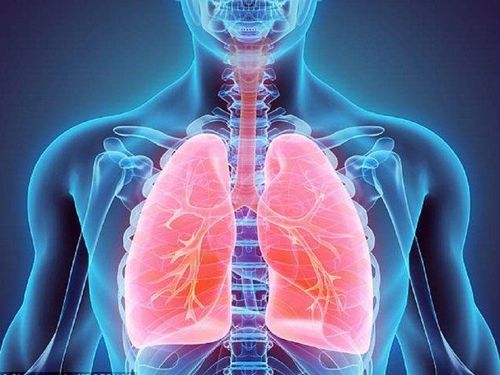
2. Microbiological tests to diagnose lower respiratory tract infection
2.1 Routine and immunological tests Currently, the detection rate of respiratory pathogens by microbiological diagnostic methods such as culture is only about 30-40%.Routine microbiological testing
Use sputum or sputum-sputum specimens collected from patients to perform tests to detect pathogenic microorganisms. However, the sputum test is limited because the specimens are adulterated because they must be passed through the oropharynx, making it difficult to correctly identify pathogenic bacteria and adulterated bacteria. In addition, the common bacterial pathogens causing lower respiratory tract infections are difficult to grow, so adequate isolation media are required and must be cultured immediately. This is a difficult requirement to meet in clinical microbiology laboratories at hospitals.
Besides, to detect the bacterial agent causing pneumonia, the patient needs a blood culture test. However, the rate of positive blood cultures in the diagnosis of pneumonia is usually quite low (less than 14%) because not all bacterial pathogens have the ability to invade the blood. In addition, blood culture results can sometimes be falsely positive due to contamination due to technical errors in the blood culture process.
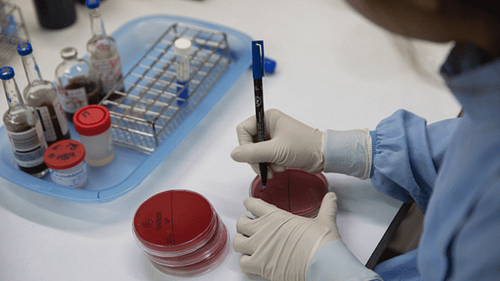
Is a test to detect specific antibodies to pathogens, used to detect pathogens of lower respiratory tract infections that cannot be cultured routinely (atypical bacteria, viruses, etc.). ). However, testing for specific antibodies of the IgG class is usually not useful because of the requirement for double sera. Meanwhile, the test for specific antibodies of the IgM class has limited sensitivity and specificity.
Immunohistochemical test
Is a test to detect soluble antigens of Legionella and S.pneumoniae bacteria in urine. However, this method has the limitation of high implementation cost and low sensitivity, so it is rarely used.
For atypical viral or bacterial pathogens, ELISA techniques or direct fluorescent antibody staining can be used. However, these tests are also difficult to apply because the sensitivity is usually not high.
2.2 Real-time PCR test Real-time PCR technique is a technique with high sensitivity and specificity, helping to detect microbiological agents that cause pneumonia and lower respiratory tract infections, helping to solve the limitations of constraints encountered by traditional microbiological methods.
Based on the principle of both cloning and detecting specific nucleic acid sequences present in the sample, the real-time PCR test has the highest sensitivity and specificity in the detection of pathogenic microorganisms. in different patient samples. Specifically, this method can accurately diagnose 33 respiratory pathogens with just one test (multi-agent PCR). At the same time, the real-time PCR technique also increases the detection rate of microbial agents in respiratory inflammatory diseases from 30-40% (traditional culture method) to 70%. Multi-agent PCR is the most appropriate diagnostic method in cases of suspected viral respiratory infections.
In particular, with the real-time PCR microbiological test method, the time to return results is faster than that of culture, helping to quickly diagnose the cause of respiratory infections, thereby helping doctors make antibiotic choices. specific antibiotics, limiting the growth of multi-resistant bacteria strains due to the use of broad-spectrum antibiotics.
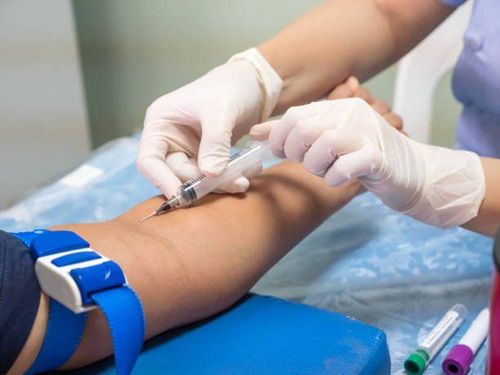
Vinmec International General Hospital is one of the hospitals that not only ensures professional quality with a team of leading medical doctors, modern equipment and technology, but also stands out for its examination and consultation services. comprehensive and professional medical consultation and treatment; civilized, polite, safe and sterile medical examination and treatment space. Customers when choosing to perform tests here can be completely assured of the accuracy of test results.
Please dial HOTLINE for more information or register for an appointment HERE. Download MyVinmec app to make appointments faster and to manage your bookings easily.






